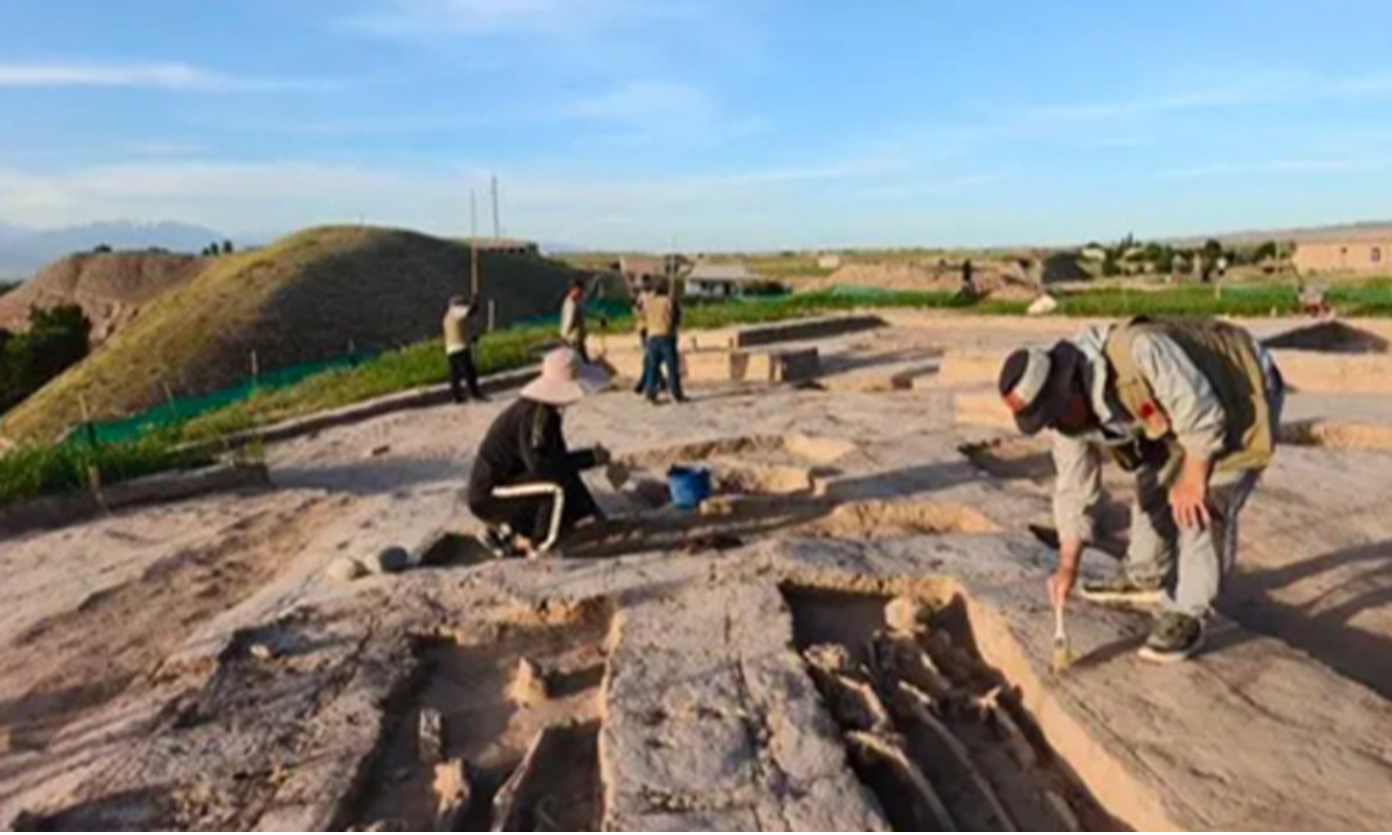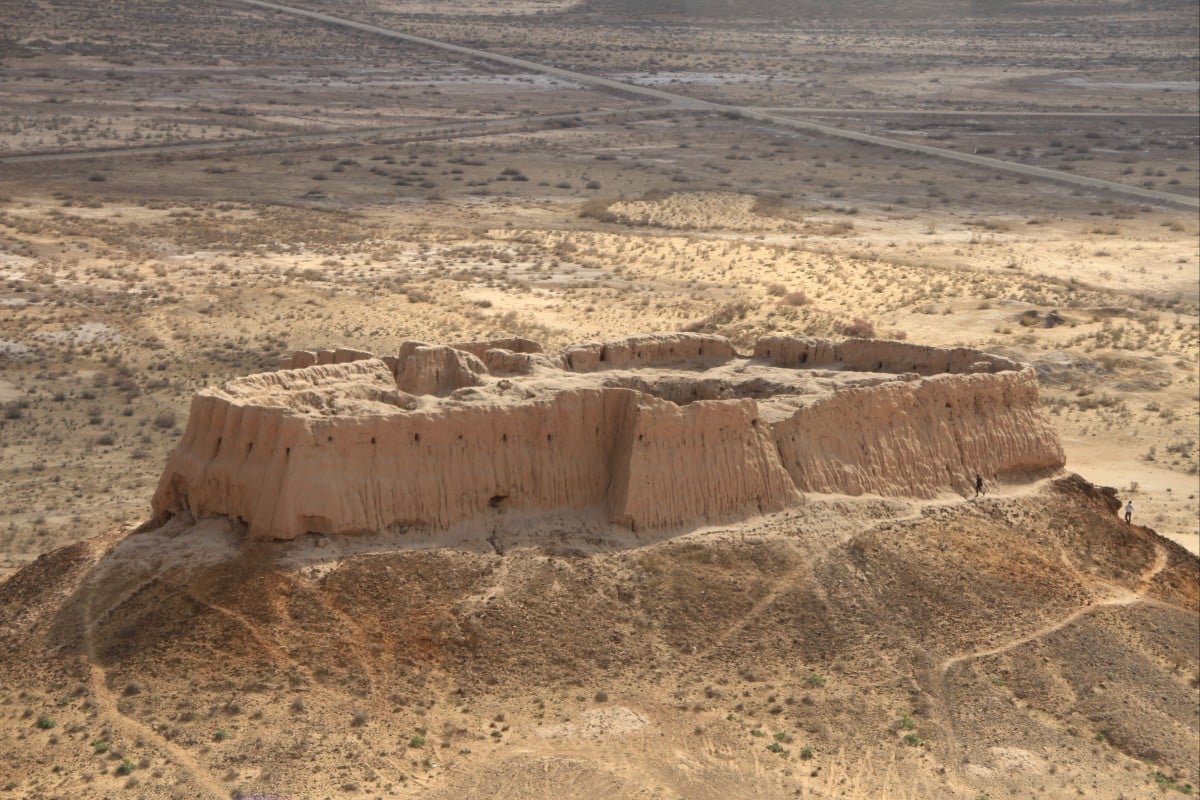A discovery has been made by a team of Chinese and Uzbek archaeologists who unearthed an ancient settlement dating back to the 8th century BC near the Surxondaryo River, also known as Surkhandarya, in Uzbekistan, the Global Times reported.

The recently excavated site features a square-shaped architectural structure containing multiple areas, including a kiln and garbage pits, providing insight into the ancient civilization that once thrived there. Within the ruins, several smaller square rooms were uncovered, which archaeologists believe served as kitchens or living rooms due to the large amounts of pottery wares found nearby.
Archaeologist He Jierao explained that the discovery of utensils made of stone, such as millstones, mortars, and pestles, highlights the food processing history of the region's ancient inhabitants.
"It reveals the evolution of ancient people's community lifestyles and how they developed more civilized lifestyles," He emphasized.
The excavation project, initiated by archaeologist Ma Jian and his team from Northwest University in Xi'an, Shaanxi Province, China, commenced in April. From April to June, Chinese and Uzbek experts made a total of three significant discoveries in Uzbekistan.
In addition to the 8th-century BC settlement, another major project involved the investigation of the ancient Kushan Empire. The joint efforts led to the discovery of six Kushan Empire buildings and 25 ancient tombs. The Kushan Empire, established in the early 1st century by the nomadic Yuezhi people, was a dominant regime spanning regions that include present-day Uzbekistan, Afghanistan, and Pakistan.
Archaeologist Wang Meng noted that such discoveries are crucial for establishing a chronological timeline of the Kushan culture in the region, helping to trace the development of civilization around the Surkhandarya area.

In the third project, archaeologists focused on the Fergana Valley in eastern Uzbekistan, where they explored and reviewed 84 ruins between April and May. Among the findings was a precious cliff painting, offering a glimpse into the ancient culture of Uzbekistan's Namangan Region.
These discoveries mark the latest milestones in a longstanding archaeological partnership between Northwest University and Uzbekistan, which began in 2009. By 2024, more than 70 joint projects had been conducted in Central Asia, aiming to study the historical exchanges along the ancient Silk Road.
Wang Jianxin, a pioneering archaeologist who began working in Uzbekistan 15 years ago, highlighted that these collaborations have challenged Western-centric interpretations of Silk Road history and enhanced global understanding of China's contributions to ancient Silk Road civilization.
Cultural scholar Fang Gang emphasized that the China-proposed Belt and Road Initiative (BRI) has fostered trust between China and Uzbekistan, suggesting that future archaeological exchanges will heavily depend on educational institutions and scholarly groups at higher education levels.
"The story of the ancient Silk Road is transforming into today's BRI to strengthen the ties between China and Central Asian countries," Fang stated.
In 2018, Northwest University established the Collaborative Research Center for Archaeology of the Silk Road. By 2023, the center had launched joint programs with 17 higher education institutions in eight countries, including Kazakhstan and Tajikistan, further solidifying international academic cooperation.
Follow Daryo's official Instagram and Twitter pages to keep current on world news.
Comments (0)